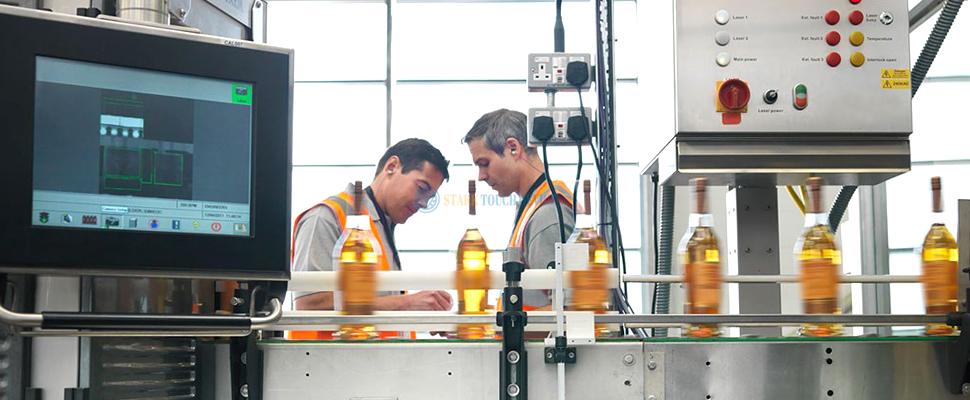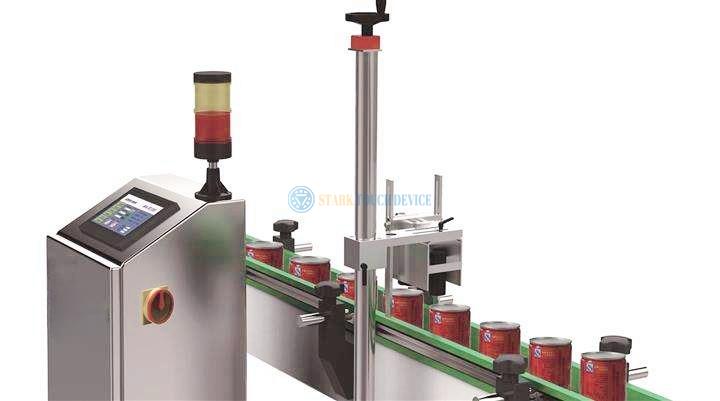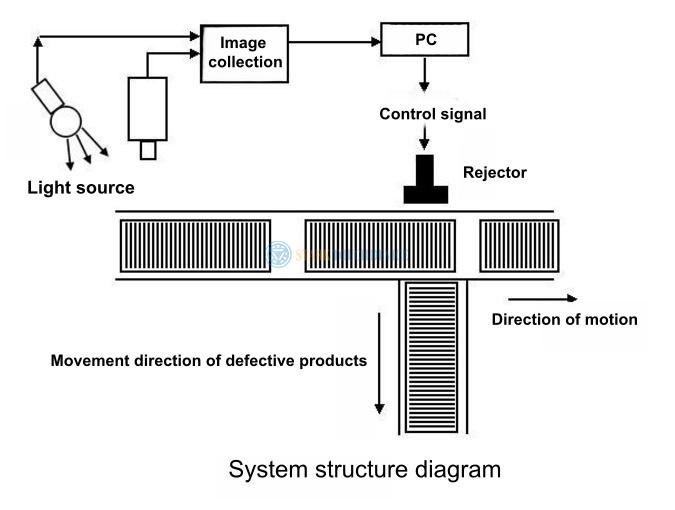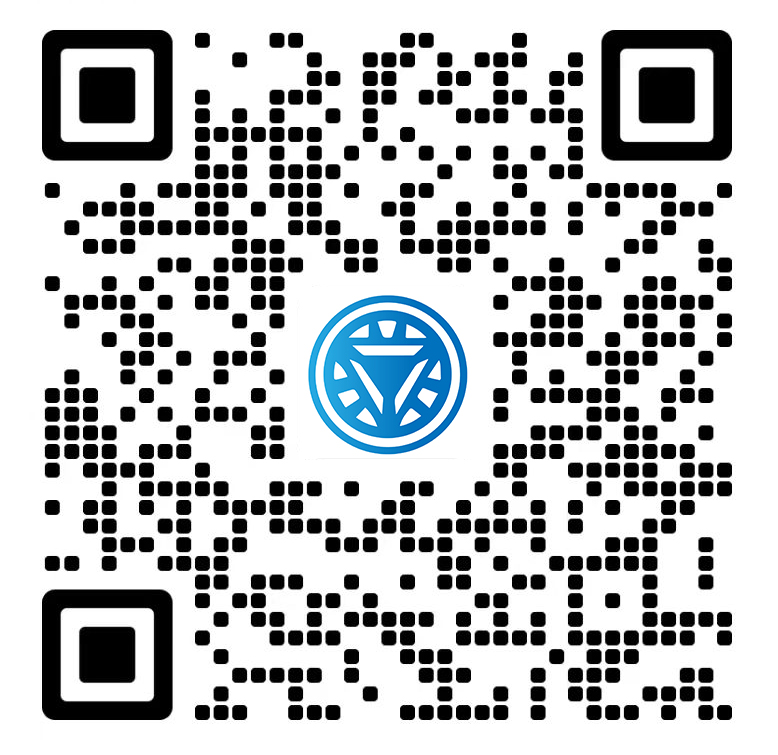Welcome STARK TOUCH DEVICE!
Intelligent manufacturing
Application of 15.6-inch Industrial Tablets in Automatic Packaging Bottle Inspection Equipment
Background Introduction
Packaging has been widely used in various commodities today, particularly in industries such as food, pharmaceuticals, and medical equipment. As China places greater emphasis on packaging safety, relevant departments have gradually intensified quality control and supervision of packaging, with regulations successively issued, making the inspection and quality control of packaging materials one of the key items in quality control for various units.
After packaging bottle manufacturers complete production, they need to inspect for defects. Traditional manual visual inspection is not only time-consuming and inefficient but also difficult to guarantee accuracy. To address this issue, we have introduced an online packaging bottle defect inspection solution that significantly resolves problems associated with manual visual inspection, effectively improving production efficiency and product quality.

Manufacturer's Industrial Tablet HMI Configuration Requirements
The software interface requires a resolution of 1920*1080, necessitating a high-resolution screen.
High storage capacity, high testing accuracy, stable operation, and strong technical support.
Consistency with the equipment's tablet design.
Waterproof and dustproof front frame.
Glove-friendly touch support.

Automatic Inspection System Solution
The design of automatic packaging inspection equipment focuses on fulfilling users' basic requirements for inspection equipment. The system comprises a light source, camera, image processing system, and defective product rejection mechanism. The camera captures the characteristics of each bottle, and the image processing system determines if it meets quality standards; non-compliant bottles are rejected.
Working Principle of Automatic Inspection Equipment
The packaging bottle passes through a positioning sensor, which detects its arrival and records the bottle's identification number and current encoder signal through the control unit.
The positioning sensor signals the camera to capture the current packaging bottle's image. After taking the photo, the image processor processes the image, transmitting the results to both the HMI for dynamic display and the inspection control unit.

The inspection control unit consists of four modules—bottle cap inspection, liquid level inspection, inkjet code inspection, and label inspection. Utilizing LED light sources combined with advanced strobe control technology, a specialized embedded image processing system processes the continuously captured images in real-time, sending the results to the control unit for prompt rejection of unqualified bottles.
Upon receiving a signal indicating an unqualified bottle, the rejector immediately discards the corresponding bottle with the identified number.
Newly Designed Touchscreen HMI
Employing an industrial-grade capacitive touchscreen, it offers unparalleled tactile response and reliability compared to resistive touchscreens, enhancing HMI reliability. Solid-state drives are used for data storage, ensuring high reliability and durability. The excellent graphical operation interface facilitates correct equipment usage by operators.
Our 15.6-inch Industrial Tablet Capabilities
Customized high-resolution 1920*1080 to match client software interface resolutions.
Equipped with a J1900 motherboard + 2GB RAM + 32GB SSD, addressing data storage concerns and enhancing operation speed.
3mm ultra-thin aluminum alloy material, enabling flush-mounted installation that blends seamlessly with inspection equipment, enhancing aesthetics and convenience.
Featuring IP65 dust and waterproof protection, preventing water droplets or splashes from entering the device.
Capacitive touch technology supports multi-touch, ensuring high accuracy and no drift.
Solution Application Evaluation
Previous operations relied on manual inspection for product flatness and packaging, leading to high labor costs, low efficiency, and quality risks. This often resulted in defective products mixing with good ones, causing subsequent issues and increased waste. Moreover, manual inspection is prone to secondary damage, raising the defect rate. The gradual adoption of automatic packaging inspection equipment promotes the overall advancement of packaging machinery, fostering multi-functional, high-efficiency, and low-consumption equipment. Packaging technology will inevitably evolve towards automation.


